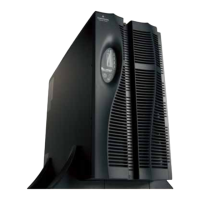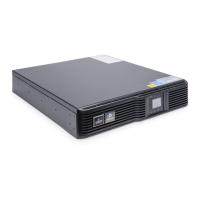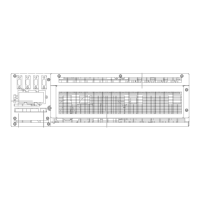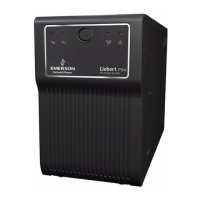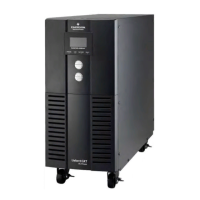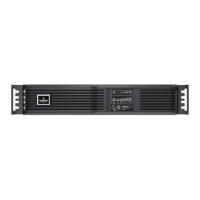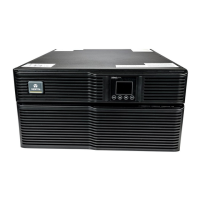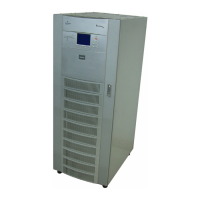02/02
77
7.3.2 Power Cables Input Bypass and Rectifier, outputs of modules
As shown in fig. 7-1 and 7-2, to achieve maximum plant flexibility, is
suggested to use separate insulators and protections for each module:
in this case rating of cables is the same as for single module.
As for single module, it's suggested to use a power insulator at the
output of each module: this power insulator connected at the output
of UPS is only for plant maintenance:
It must not be used for protection of UPS output or cabling
- this protection is deemed to input bypass line breaker and current
limit of inverter.
WARNING in case of Common Battery
If residual current protective devices are requested for
inputs of modules (differential breakers), be sure to use a
common sense- device for both rectifier inputs of modules;
during walk-in instantaneous sharing of input currents for
the two rectifiers is not guaranteed, their difference, due to
the difference between positive and negative current half
waves in the two modules, could cause trip of separate
differential breakers.
Power cables, in particular bypass inputs and UPS outputs, must be
same size and length for both modules, that's for better balancing
current in case of Load on Bypass operation mode, where no other
mean is provided for current sharing.
Battery
For separate batteries (fig. 7-1) rating of cables is the same as for the
single module.
For common battery (fig. 7-2)
It is suggested to use the Auxiliary Battery Switch Box option that
allows:
• Easy plant maintenance from battery side by means of Its power
Insulators.
• Measure of battery current for metering current, sharing of
current during battery charge, computation of autonomy time.
• Trip and signaling of battery circuit breaker for both modules.
• Connection of a second battery temperature sensor.
Between battery and Auxiliary Battery Switch Box cable rating must
be twice the values for battery shown at 3.3.2; between each module
and Auxiliary Battery Switch Cabinet the rating in the same as in
3.3.2
